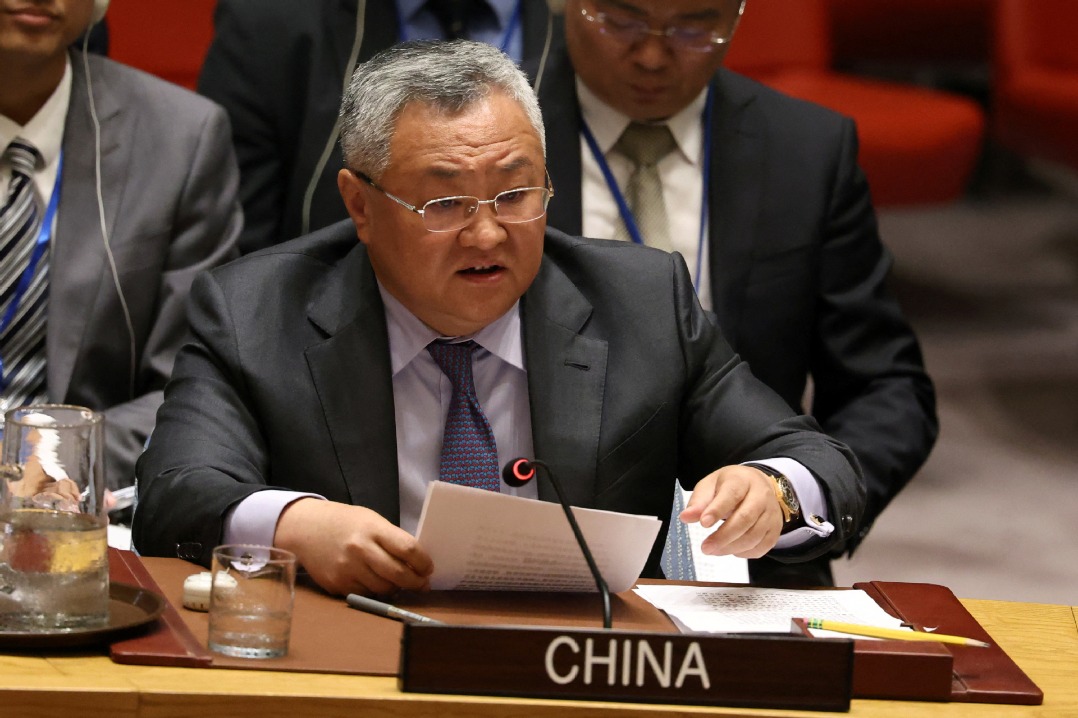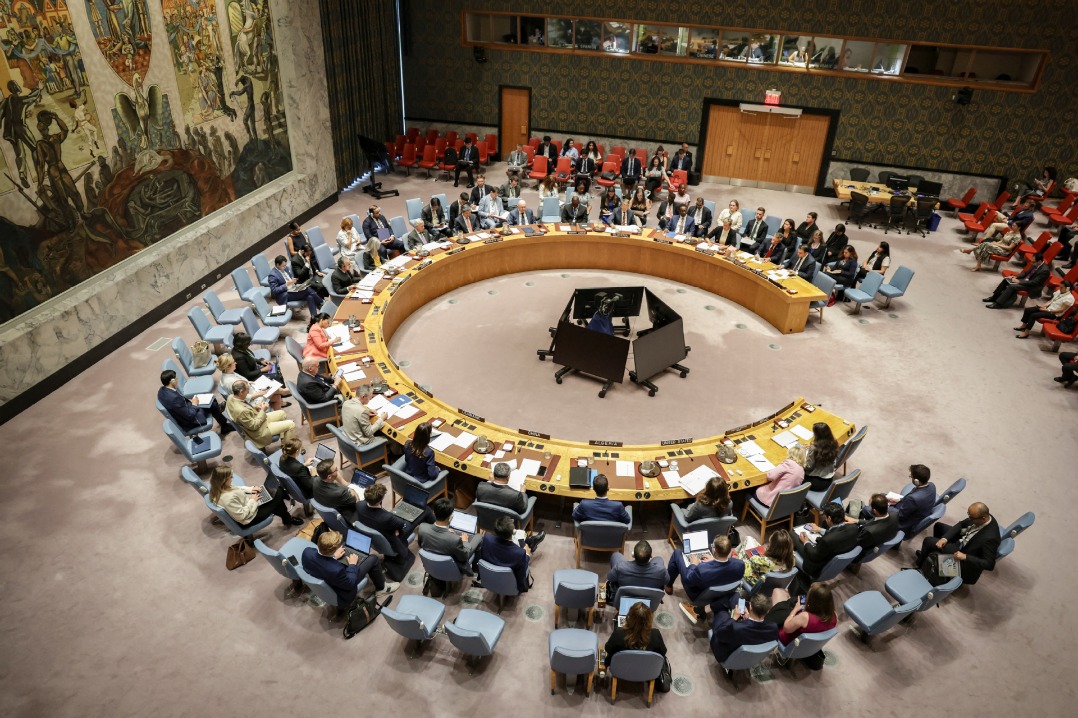Sino-US unity key to strengthen globalization

Globalization revolutionized the world economy, its growth and development. It fueled innovation, technological development and the expansion of new means of communication and transportation. World Bank data shows that global GDP increased from around $3 trillion in the 1970s to $105 trillion in 2023.
Now, digitalization has put globalization on the fast track and brought the world market at one's fingertips.
Globalization has helped the world pursue prosperity, tackle challenges and live peacefully. The United States, China, Europe, Japan, South Korea, member countries of the Association of Southeast Asian Nations and the Gulf Cooperation Council states have been the biggest beneficiaries of a globalized world.
One can argue that the US has built its empire on the back of globalization. The US had a dream to access the global markets and expand its business and reach. Mechanisms like the World Trade Organization consolidated the US' role and helped it realize its dreams.
On the other hand, China is the best case for understanding the importance of globalization. The country began developing at pace after introducing reforms in the late 1970s. Joining the WTO in 2001 only accelerated the rate of its economic expansion, and it has, since then, developed by leaps and bounds.
At the time of joining the WTO, the size of the Chinese economy was $1.3 trillion, and the total trade of China was worth $509.8 billion. Now, China is the second-largest economy, with its GDP reaching $18 trillion in 2022, and its total trade volume standing at $6.3 trillion in the same year.
Globalization has become increasingly important in the age of global supply and value-added chains, which are major drivers of business and growth. The Organisation for Economic Cooperation and Development estimates that more than 70 percent of global trade is routed through global value chains.
The situation demands strengthened globalization but this will be unattainable without close cooperation between the world's two biggest economies and trade partners, the US and China. Unfortunately, the US, once a leader and forceful advocate of globalization, appears to be changing its stance.
The process began with the 2008 global financial crisis, with rising debt further complicating the situation. Instead of fixing its domestic problems, the US launched a campaign against China. In 2009, then-US president Barack Obama introduced the "Pivot to Asia" policy to check China's peaceful development. Obama also excluded China from the Transatlantic Trade and Investment Partnership and the Trans-Pacific Partnership Agreement, among other containments.
Donald Trump, during his first presidency, then raised the slogan "America First" and unleashed a vicious round of trade barriers, tariffs and sanctions, with China and Chinese companies the main targets, and Huawei had to bear the negative consequences.
After the 2020 election, it was hoped that President Joe Biden would reverse the process and reinstate the old policy of globalization. Unfortunately, he opted to accelerate the anti-globalization drive further, specifically focusing on and targeting China and Chinese businesses. He introduced the CHIPS and Science Act to strengthen US companies and demoralize their competitors.
After the COVID-19 pandemic, the Biden administration spent $5 trillion on pandemic relief, and a major chunk of this money was given to US companies. This amount was more than what the US spent on the New Deal and World War II combined.
Moreover, to discourage investment in other countries and divert resources into the US market, the Federal Reserve increased interest rates to 5 percent. It attracted more than $10 trillion from the global markets, which negatively impacted other countries by unleashing an inflation wave, with the least developed and poor countries becoming the worst victims of the policy. Now, Trump is to be back in the White House again, and it is feared that he will start a new trade war and anti-globalization drive.
Anti-globalization policies have hit infrastructure badly. The Global Infrastructure Hub estimates that the world needs to increase investment by around $1 trillion to bridge the investment gap. The UN Sustainable Development Goals Report 2024 estimated that the investment gap for developing countries to meet the SDGs' needs is around $4 trillion.
China foresaw this situation much earlier, and to avert the worst consequences, it started constructing new mechanisms to sustain the globalization process.
First, it launched the Belt and Road Initiative. According to the latest available data, 153 countries and 32 international organizations have signed BRI cooperation agreements. China has invested almost $1 trillion, which helped mobilize $2.49 trillion from partners while implementing 3,220 joint projects.
Second, China launched the Asian Infrastructure Investment Bank to contribute to bridging the investment gap. The bank was started with $100 billion and 57 members. Now, it has 109 members and the AIIB also supports non-regional projects, so long as those projects help promote global trade, economic integration and linkage with Asia.
Third, the country launched the China International Import Expo to promote globalization. The idea of the CIIE is proposed, planned, deployed and promoted by President Xi Jinping himself to fulfill his promise of high-standard opening-up.
Fourth, China is also investing in infrastructure and trade linkages under development programs such as the Global Development Initiative and the South-South cooperation. Under the South-South Cooperation Assistance Fund, for instance, China has implemented projects in more than 50 countries, benefiting over 20 million people.
Now, imagine a world where China did not invest in infrastructure and globalization or create avenues for financial support and trade linkages — the picture would be very scary.
The challenges are numerous, and the investment gap is huge. However, China alone cannot fill the global gap. The same is true for the US. The two countries need to cooperate to strengthen globalization, and cooperation and globalization must be based on a people-first, not country-first, approach. Cooperation for globalization should lead the world to achieve sustainable development goals and build a community with a shared future for mankind.
The author is CEO of the Asian Institute of Eco-civilization Research and Development in Pakistan.?The views do not necessarily reflect those of China Daily.


































